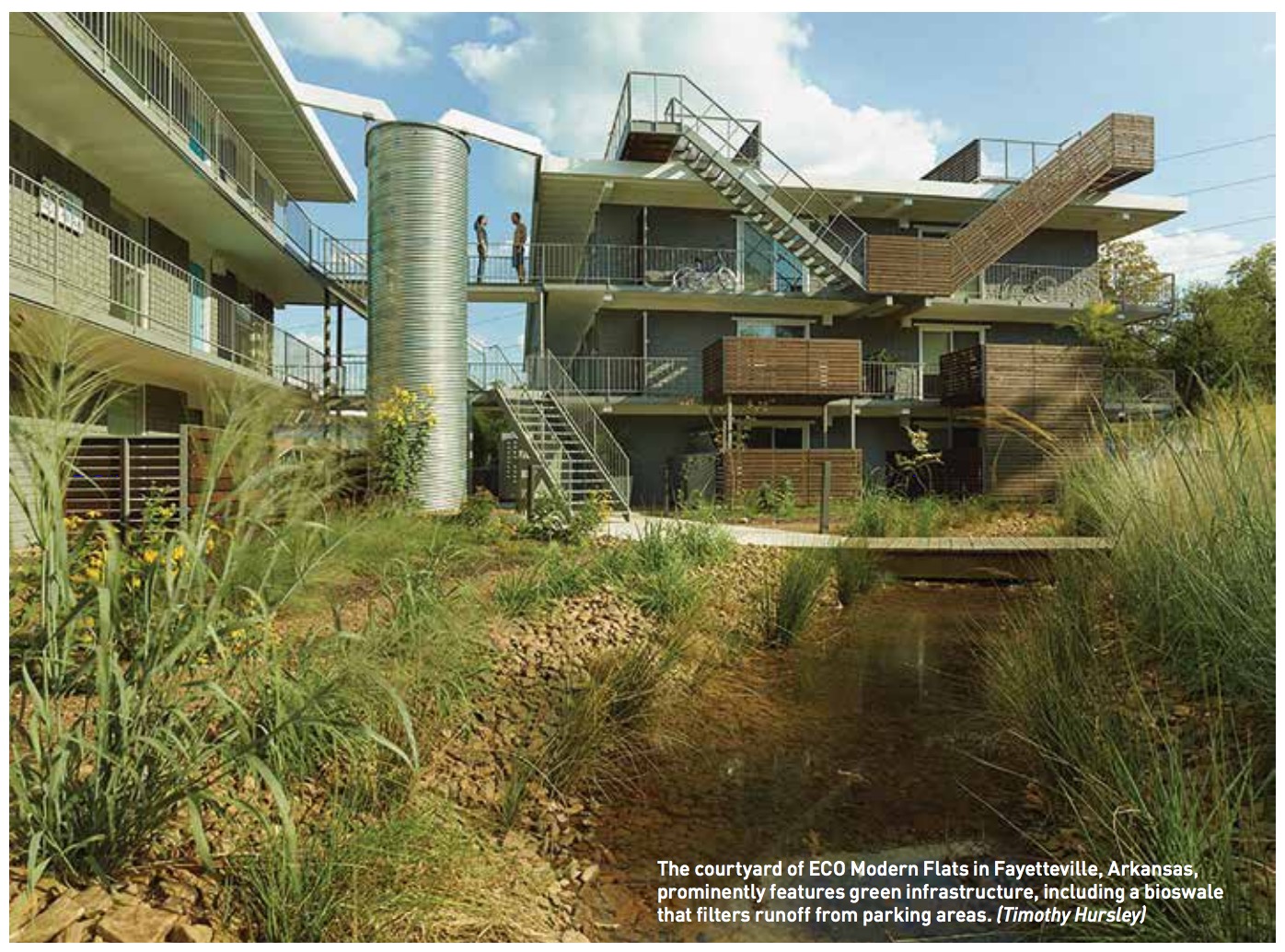
Water abundance and scarcity are topics of increasing importance in cities across America. With growing concern about flooding, weather-induced overflows from sewer systems, and extreme storms, communities are seeking strategies to better manage stormwater runoff, improve local water quality, and decrease pressure on overloaded sewer systems. At the same time, water is increasingly recognized as a community resource, one that can be harnessed to make cities more sustainable and livable.
View this complete post...











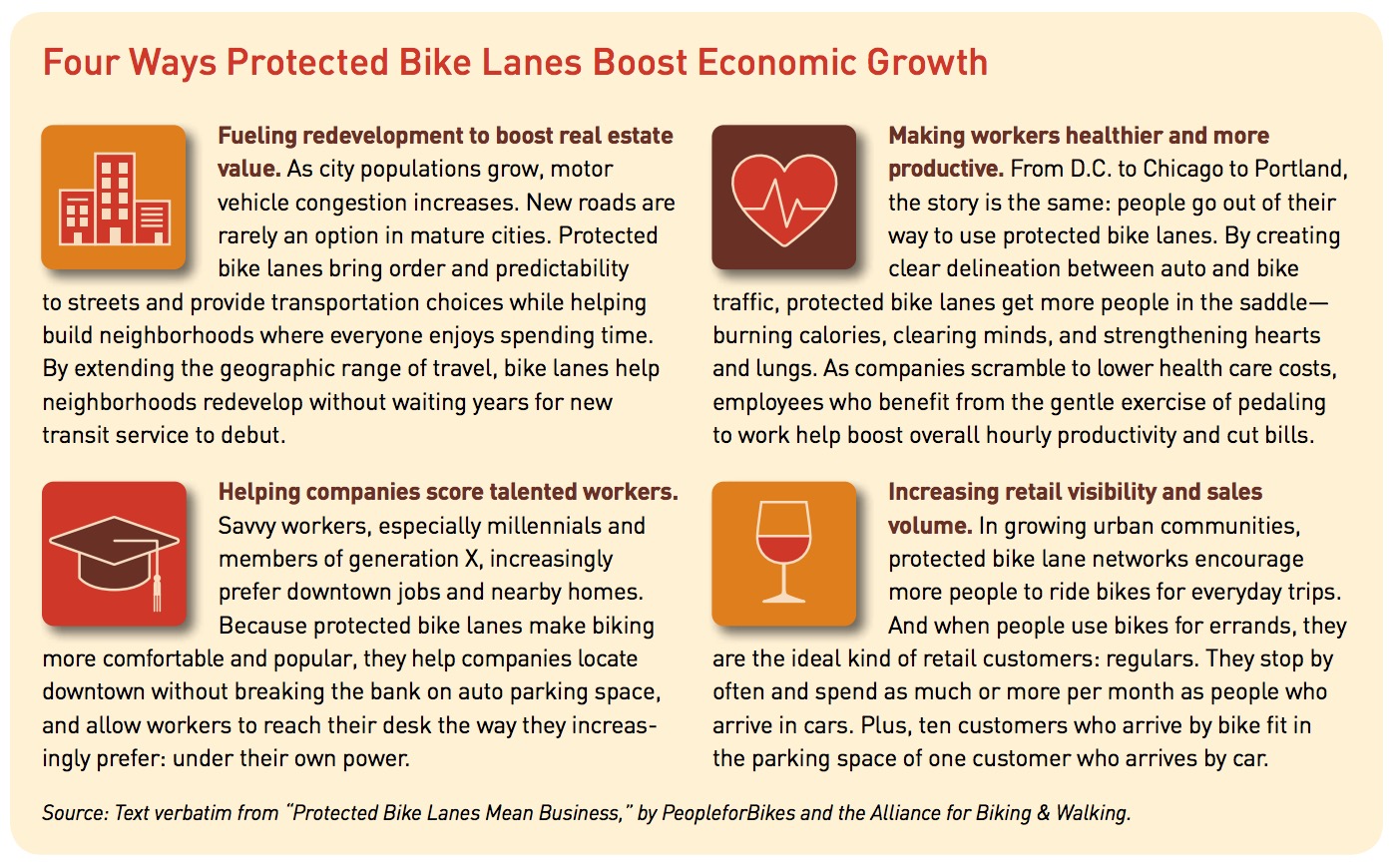
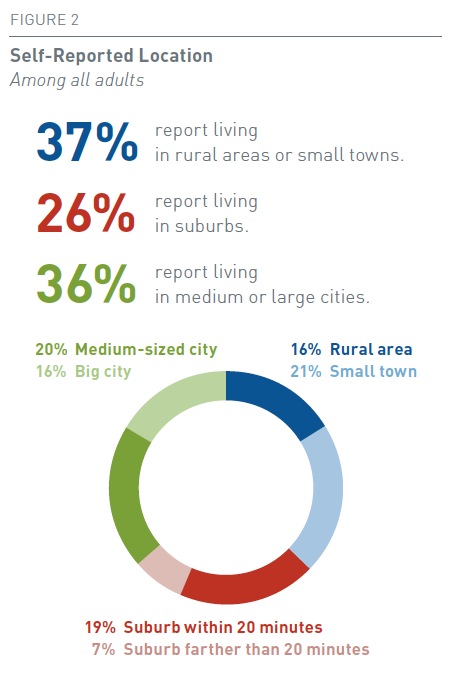
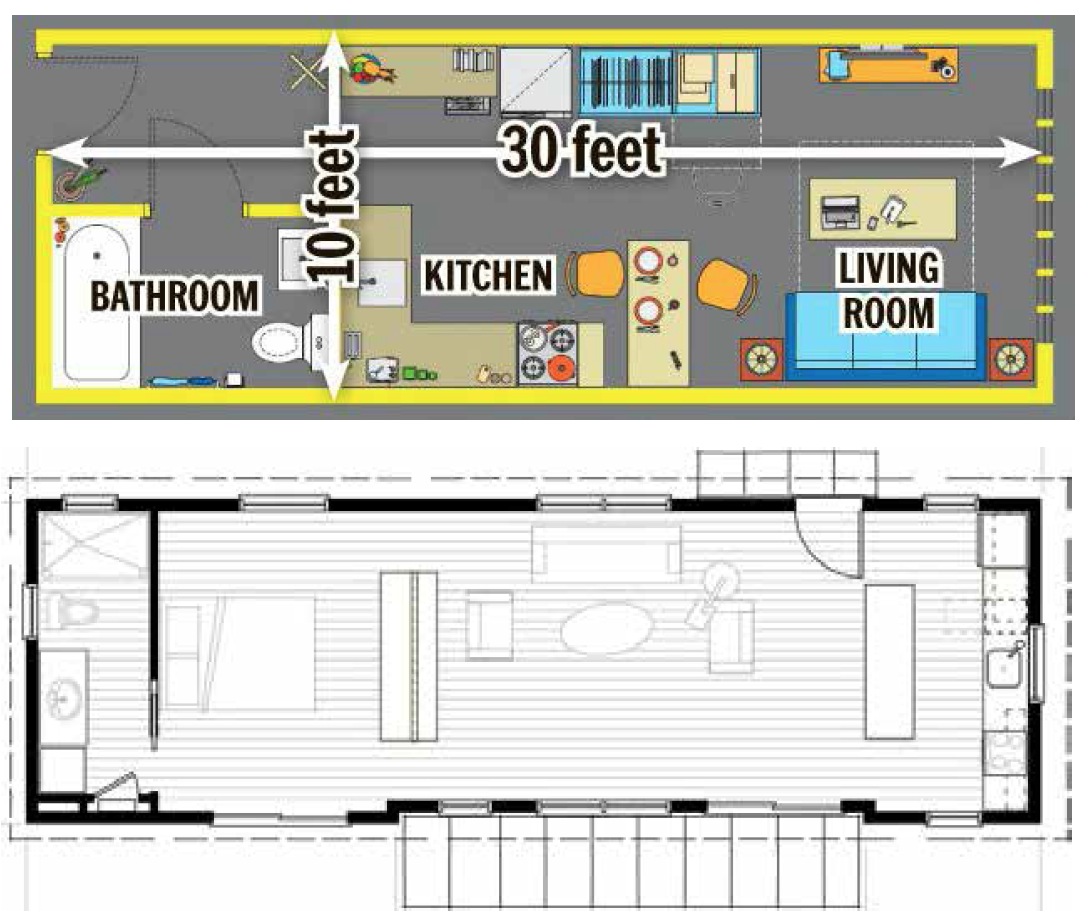

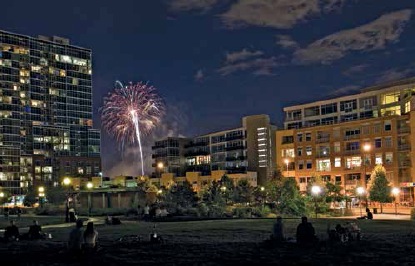
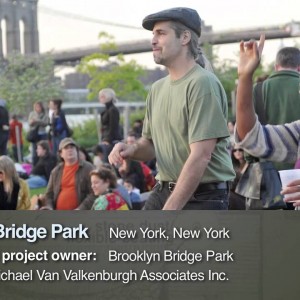
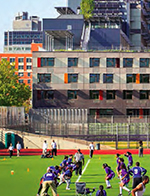
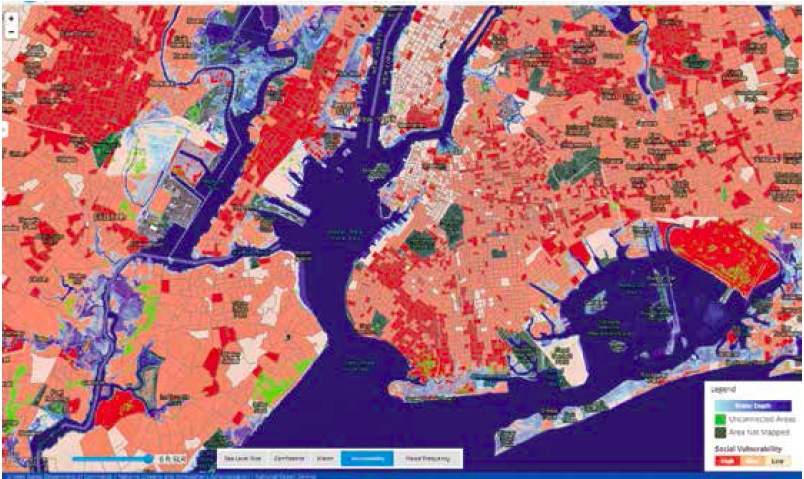
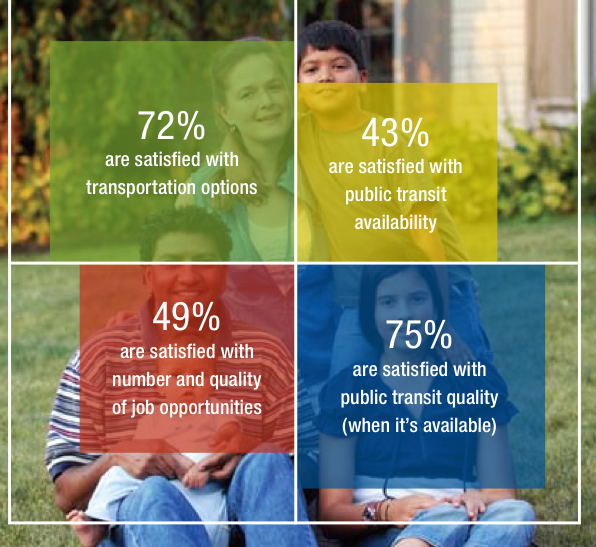

 RSS Feed
RSS Feed